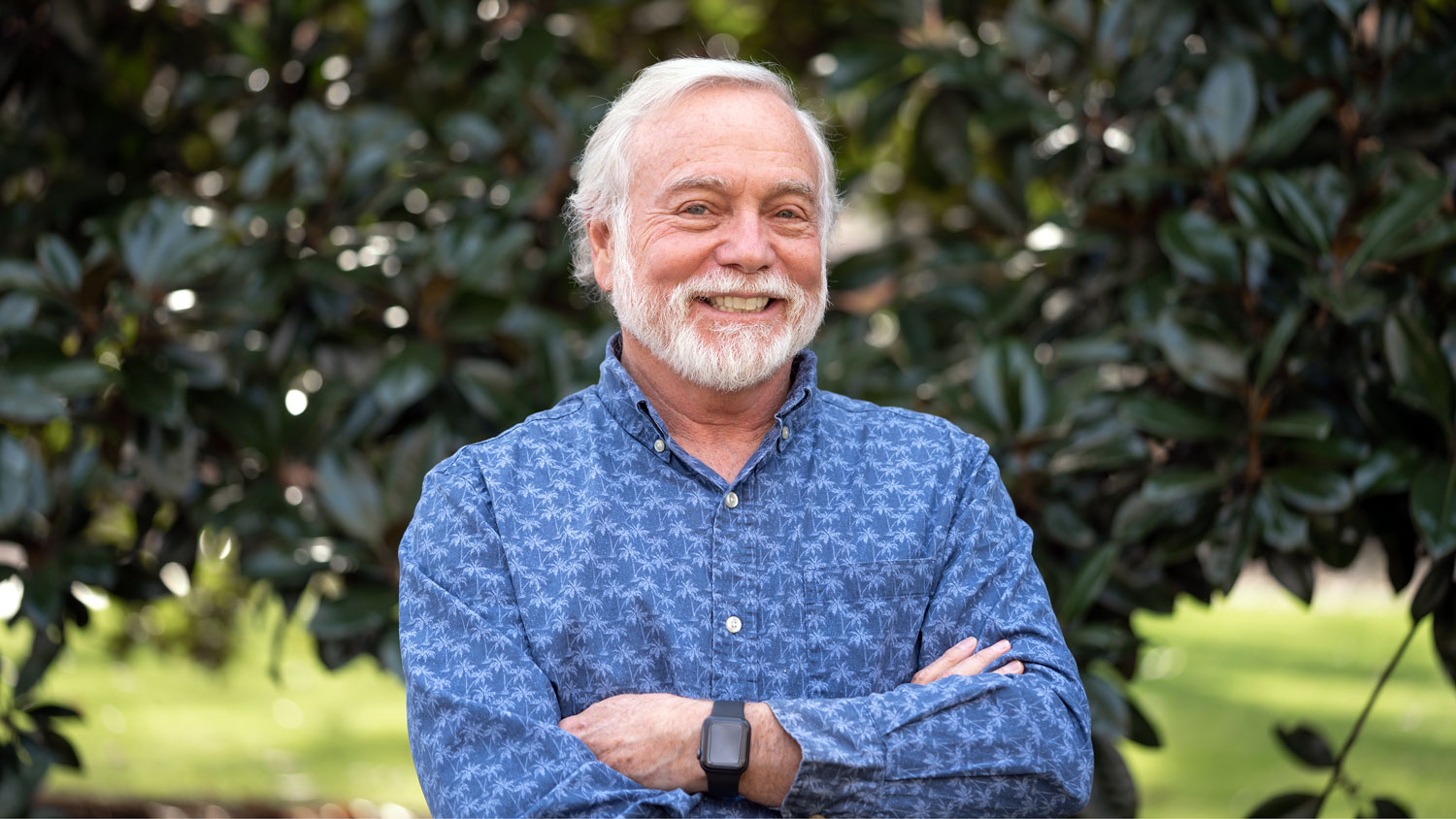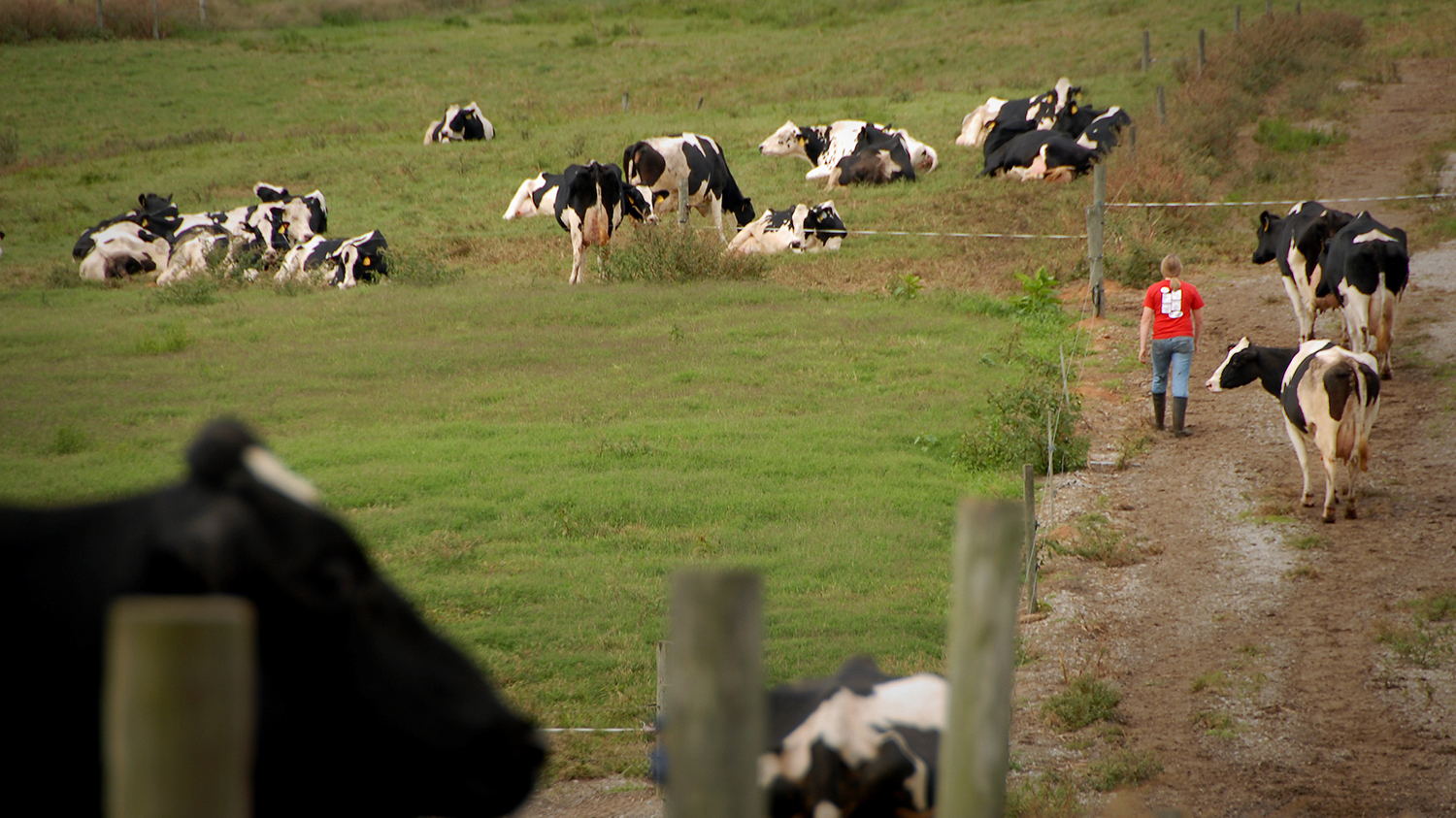Anastas believes science, technology offer ‘green’ solutions
Today, most people have biochemical substances in their systems that weren’t even known before 1945, Dr. Paul Anastas of the Environmental Protection Agency told an audience at N.C. State University during the fifth Borlaug Lecture held Oct. 4. Known as the “Father of Green Chemistry,” Anastas told the audience that innovation is required to help society reduce its dependence on products and processes that rely on toxic substances.
Anastas, U.S. Environmental Protection Agency assistant administrator for the Office of Research and Development, is known for his groundbreaking research on the design, manufacture and use of minimally toxic, environmentally friendly chemicals. Prior to joining the EPA, he was on the faculty of Yale University, served as founding director of the Green Chemistry Institute headquartered at the American Chemical Society and worked in the White House Office of Science and Technology Policy.
The Nobel Laureate Dr. Norman E. Borlaug Distinguished Lecture on Global Service to Society and Environment is sponsored by the College of Agriculture and Life Sciences and the College of Natural Resources. Known as the “Father of the Green Revolution,” Borlaug was instrumental in developing crop varieties that helped feed millions around the world.
Chancellor Randy Woodson opened the lecture by praising Borlaug and the other scientists who have delivered the Borlaug Lecture. He also praised the innovation of N.C. State thinkers like Dr. Joann Burkholder, professor in the CALS Plant Biology Department, who received the Award for Service to Society and Environment last year.
Anastas described the many products we rely on today that contain substances known to be harmful. Bisphenal-A found in plastic drinking bottles, including baby bottles, is one example of a recently identified harmful substance. In addition, production of some products that we rely on requires the use of toxic chemicals that are difficult to neutralize.
Twenty years ago, Anastas said the word “green” was not commonly used. In developing the 12 principles of green chemistry, Anastas’s intent was to encourage science to design materials in ways that reduce or eliminate hazardous substances. Doing that requires a systems approach to redesigning products.
“How we decide to frame the question determines how many solutions we’ll come up with to a problem,” Anastas said. “Do you just optimize the existing technology, or could you re-engineer the whole system? Once you redefine the questions, you’re able to get better answers.”
Science has redefined systems many times and come up with new answers, he said. For example, cell phones eliminated the need for poles and wires. Decaffeinated coffee once required the use of a chemical now recognized as a carcinogen. Today, carbon dioxide is used to decaffeinate coffee, and hybrid coffee varieties that don’t contain caffeine have been identified.
To create a “green lawnmower,” a manufacturer might develop an engine that is quieter, uses less fuel and creates less exhaust. But a better solution might be to develop varieties of turfgrass that don’t grow very high. Do you create a “greener” laundry detergent, or develop clothes that are self cleaning, Anastas asked.
Today, Earth seems to be on an unsustainable environmental trajectory, Anastas said, but we’ve been there before. In the days when horses provided the primary means of transportation, projections of the need for more horses fueled talk of unsustainable mountains of horse manure.
But thanks to newer modes of transportation, the manure mountains never materialized. “Science and technology changed the equation,” he said.
With creativity, spirit and dedication, the world can find sustainable solutions to pollution challenges, Anastas said.
“Am I a technology optimist? Perhaps,” he said. “Science and technology can’t be the only path. But in the absence of science and technology, I don’t know that there is a path.”
–Natalie Hampton
- Categories:


